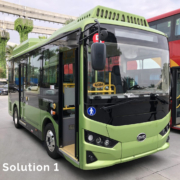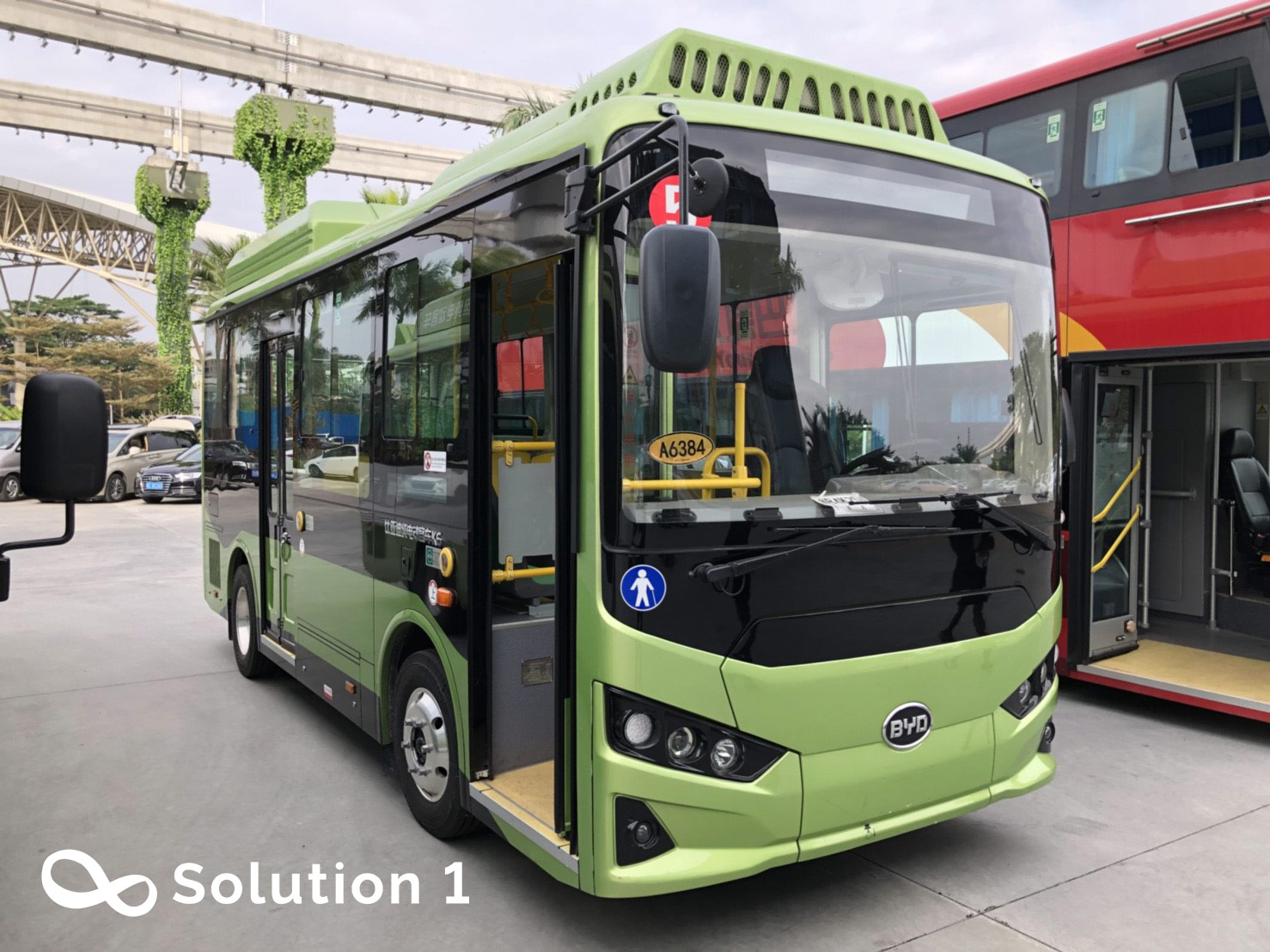China’s 863 Program: A Decades-Long Journey Toward Electric Vehicle Dominance.
Automobile companies have adopted a strategy of a global perspective in their operation, led to the presence of competitors in virtually every corner of the globe. By focusing on common platforms and interchangeable modules, companies can make faster and lower-cost deployment of new solutions across the whole product range, while tailoring vehicles to a multitude of tastes and preferences of consumers in the world. Moreover, they can ensure enough differentiation between products to cope with proliferation while maintaining scale efficiency and proper brand equity management.
For decades, Chinese economic planners craved a domestic auto industry that was globally competitive, exporting vehicles and parts to countries around the world while also meeting the growing needs of Chinese consumers. However, China’s Ministry of Science and Technology sensed that China had little hope of competing with the United States, Germany, Japan, and Korea in the conventional auto market. -The China Ministry’s 863 Program, an applied research and development program dating to 1986 and involving Chinese automakers, suppliers, universities, and independent laboratories, shied from its focus by 2006 to new energy vehicles.
China’s industrial policy objective was to leapfrog the established global automakers by securing a first-mover advantage on PEVs. In 2000, the state of Chinese R&D on lithium-ion batteries and electric drive systems was about 10 years behind Japan, considering both technology performance and cost. Over the next five years, China closed this gap to less than two years, the nation’s rise in consumer electronics, and the emergence of BYD Company Ltd., a successful battery maker for consumer products that entered the auto sector as a privately owned company in 2003.
“According to the International Energy Agency, electric vehicle markets are seeing exponential growth as sales exceeded 10 million in 2022. The share of electric vehicles in total sales has more than tripled in three years, from around 4% in 2020 to 14% in 2022. Electric vehicle sales are expected to continue strongly through 2023. Over 2.3 million electric vehicles were sold in the first quarter, about 25% more than in the same period last year. We currently expect to see 14 million in sales by the end of 2023, representing a 35% year-on-year increase with new purchases accelerating in the second half of this year. As a result, electric vehicles could account for 18% of total car sales across the full calendar year.”
Twenty years ago, Japanese automakers rose to prominence, and ten years ago, South Korean automakers made their mark. Today, Chinese automakers have established themselves in the automotive industry, primarily through electric vehicles. In 2022, 60% of global electric car sales occurred in China. China is not only the world’s largest electric vehicle market but also the largest electric vehicle manufacturer.
By 2030, it is expected that China’s global market share in electric vehicles will increase from the current 17% to 33%. Consequently, European brands are poised to experience the most significant market share losses, potentially decreasing from 81% to 58%. The impact on internal combustion engine vehicles will be even more substantial, with companies such as Volkswagen, Renault, BMW, and Honda facing the most significant negative effects. This will also lead to automotive companies expediting the development of electric vehicles, with some already exploring collaborations in this regard.





